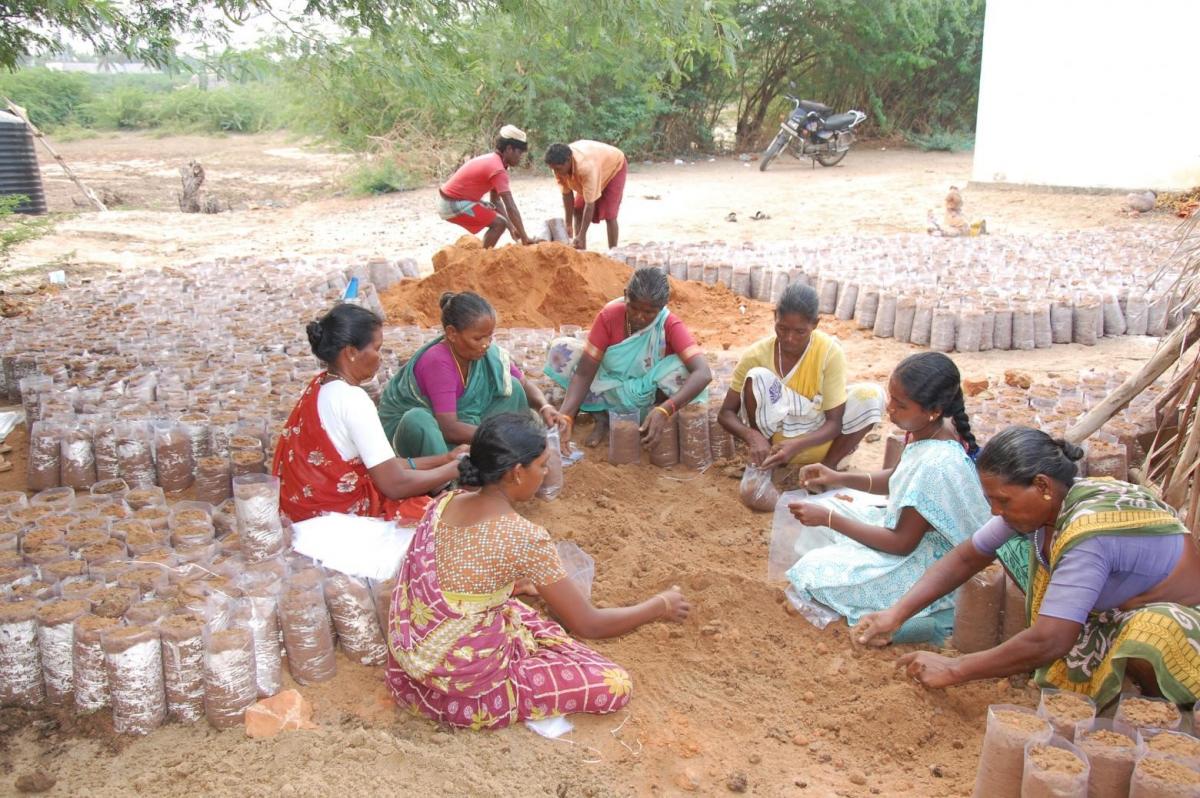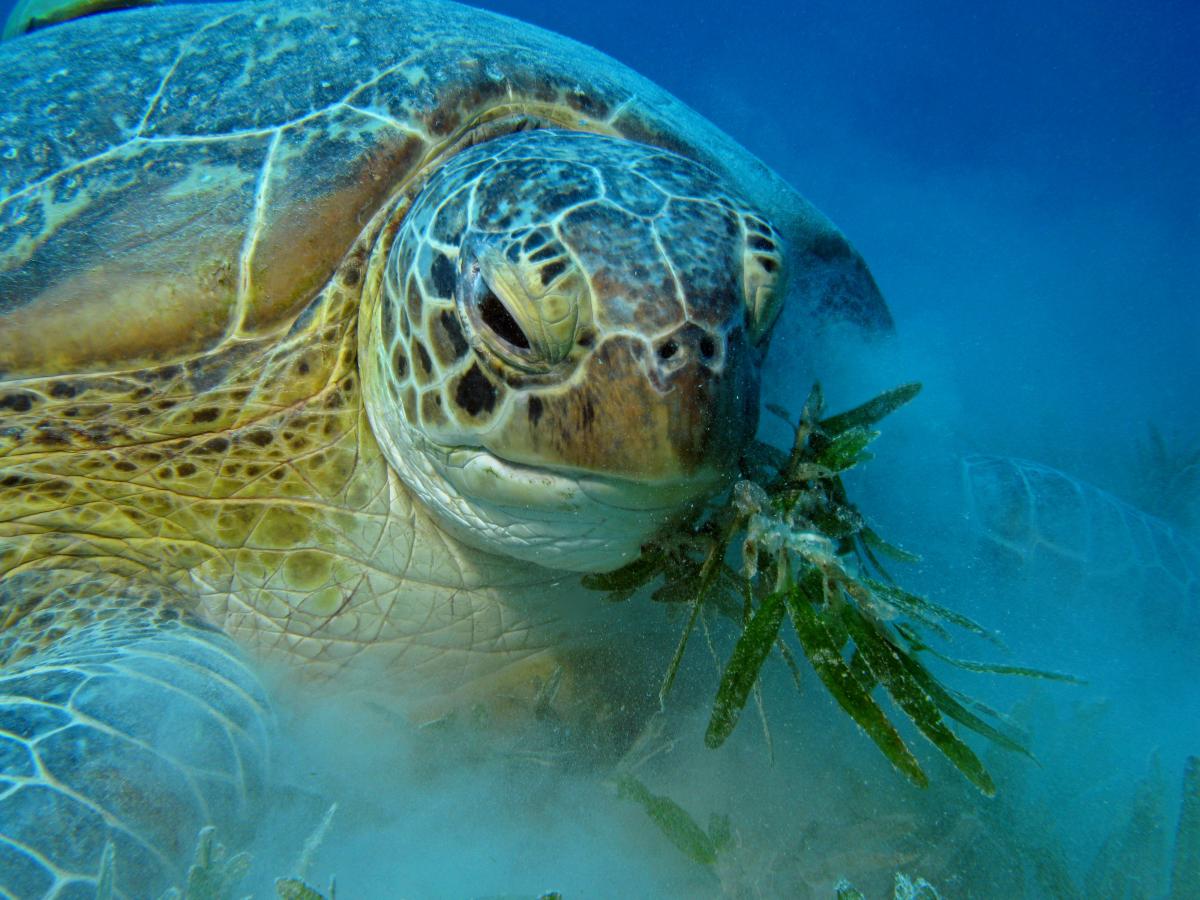PANORAMA’s solutions as evidence base on rights-based conservation and nature’s role in the SDGs
What is the role of protected and conserved areas in supporting human needs, by preserving ecosystems and the benefits they offer to society? What is “just conservation”, and which rights “arise” in the context of nature conservation, for example in national parks, and in indigenous and community-conserved areas?

Photo: MSSRF
Two groups of interdisciplinary graduate students from seven countries will tackle these questions by analysing a global portfolio of case studies, which has been assembled through the PANORAMA – Solutions for a Healthy Planet initiative.
The research projects are part of a new collaboration between IUCN and the Graduate Institute of International and Development Studies, Geneva.
The first project will look into the essential role of nature in contributing to a number of Sustainable Development Goals (SDGs) beyond the “nature” SDGs 14 and 15, through well-performing protected and conserved areas. Intact nature contributes to food security, human health, climate change adaptation and other human needs, and many examples from around the world illustrate this fact.
A second group will catalogue rights that are relevant to conservation actions, and illustrate the implementation of these rights by highlighting a number of relevant case studies. This will result in guidance for practitioners on implementing the concept of “just conservation”.
Both groups will rely on the “solution” cases from PANORAMA as evidence base, building on previous IUCN publications and guidance on the subject matters, and adding value to this guidance through analysis of PANORAMA’s “real-life” examples.
PANORAMA features over 500 solutions, contributed by a wide range of organizations and individuals. More than half of these solutions relate directly to protected and conserved area management. The qualitative and quantitative analysis across these cases, supported by The Graduate Institute, will now help to understand overarching trends, provide insights on key success factors in protected area management and governance, and derive policy-relevant messages on nature’s role in achieving the SDGs.
The results of the analysis will be available by end 2019.



